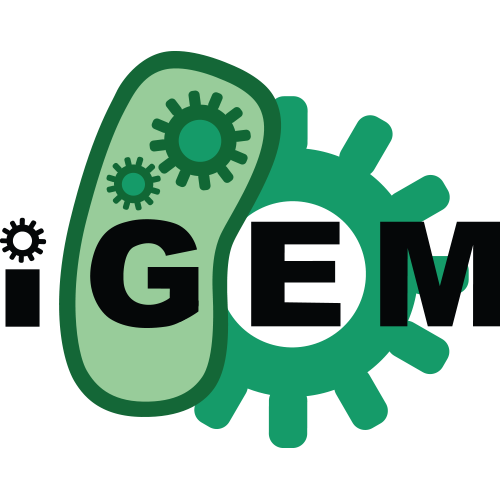Source:
Generated By: https://synbiohub.org/public/igem/igem2sbol/1
Created by: Zexu Li
Date created: 2016-10-08 11:00:00
Date modified: 2016-10-18 10:49:42
tCas9-CIBN (Eukaryotic LACE system)
| Types | DnaRegion |
| Roles | Coding CDS |
| Sequences | BBa_K1982008_sequence (Version 1) |
Description
The NEU-China iGEM team 2016 designed a fusion protein consisting of tCas9 and CIBN for sequence-specific transactivation of a desired target locus (more information). We used our double truncated tCas9 (BBa_K1982007) impaired in its cleavage activity and fused it to the CIBN (BBa_K1982003). An prokaryotic RBS sequence from the Community collection(BBa_B0034) fused to the beginning of tCas9-CIBN. For detection of expression the fusion protein was tagged with a HA-epitope coding sequence (BBa_K1150016) .Figure 1 illustrates the detailed design of the whole device.Figure 1: Construct design. tCas9 was fused to CIBN. The resulting fusion construct was flanked by RBS sequences and tagged by a HA epitope. The pBad/araC promoter and rrnB T1 terminator were chosen to control gene expression.
Optogenetic systems enable precise spatial and temporal control of cell behavior. A light-activated CRISPR/Cas9 effector (LACE) system that induces transcription of endogenous genes in the presence of blue light.This was accomplished by fusing the light-inducible heterodimerizing proteins CRY2 and CIB1 to a transactivation domain and the catalytically inactive tCas9, respectively. The versatile LACE system can be easily directed to new DNA sequences for the dynamic regulation of endogenous genes[1].
we fused the light-inducible heterodimerizering proteins CRY2 and CIB1 from Arabidopsis thaliana to the VP64 transactivation domain and C-terminus of tCas9.
